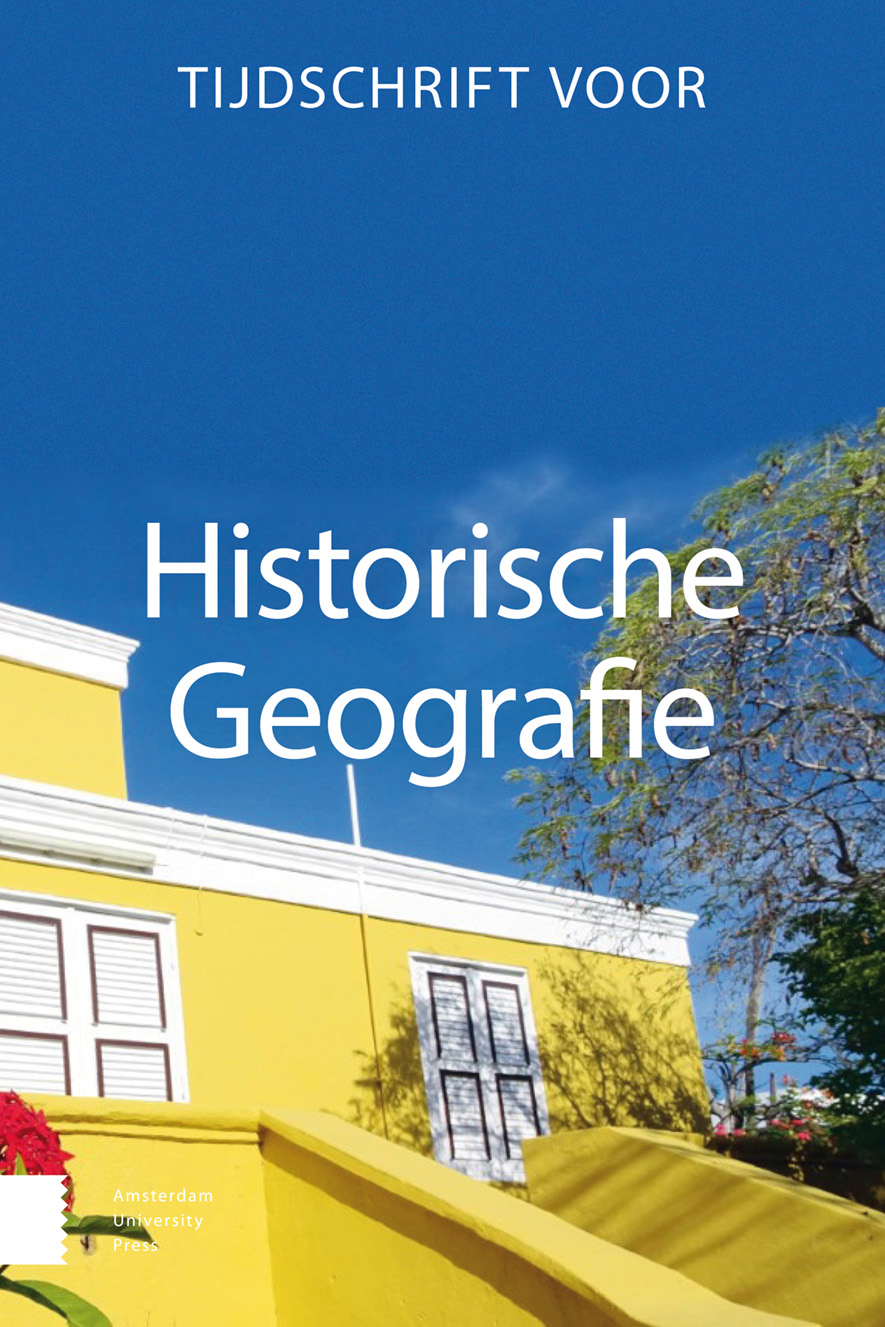-
oa Een eeuwenlange strijd tegen droogte en teloorgang
Waarden en betekenissen van het Curaçaose plantagelandschap
- Amsterdam University Press
- Source: Tijdschrift voor Historische Geografie, Volume 5, Issue 3, Jan 2020, p. 131 - 151
Abstract
Even if it is not obvious at first, a closer look reveals that Curaçao is actually one large plantation landscape, with the exception of Willemstad’s inner city. This landscape can be read as a history book with the old plantation houses as its most recognizable elements. But there are many more elements like cactus hedges, palm copses, stone walls, wells and (dysfunctional) waterworks. This landscape is most recognizable in the western part of the island. The central area around Willemstad has suffered from uncontrolled urbanization and industrialization, while the eastern part has basically become an extensive leisure landscape. The owners of plantations used several strategies like a multitude of crops, the creation of saltpans where possible and trade in the city (just a few plantation owners focused exclusively on agricultural production). At the end of the 19th century, several plantations were explored for extractable minerals. Throughout the 20th century, almost all plantations were gradually sold and abandoned. The abolishment of slavery in 1863 gave the first impetus for this, but the final blow was the exodus towards the city when an oil refinery brought new perspectives for the island. Paid employment in the city was much more appealing than an uncertain existence in the countryside, where years of failed crops could eventually lead to starvation. An overall problem is the ongoing privatization of public space, which results in the transformation of old plantations into gated residential areas and resorts, creating an unrecognizable landscape and a growing inequality between rich and poor. A future nomination for the UNESCO World Heritage List will possibly create new perspectives for this cultural landscape (see next article).


